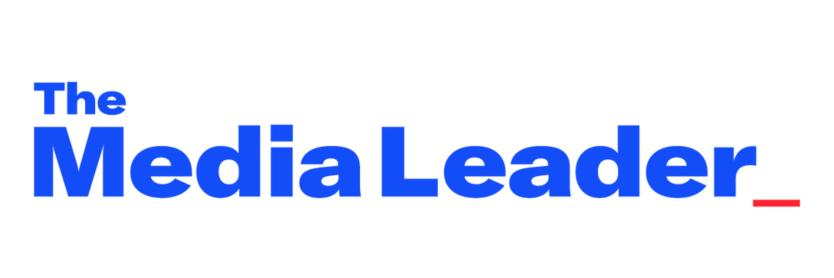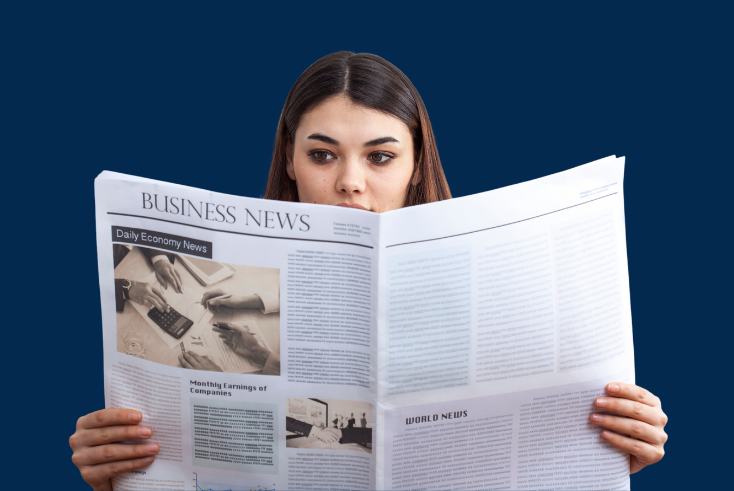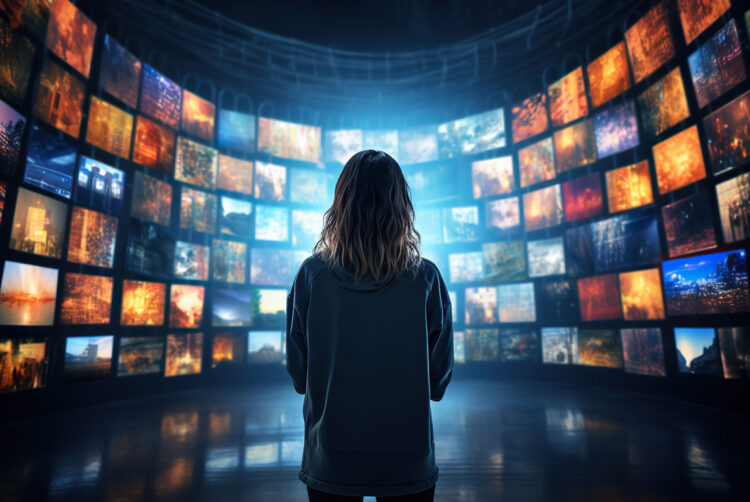When creativity meets measurement
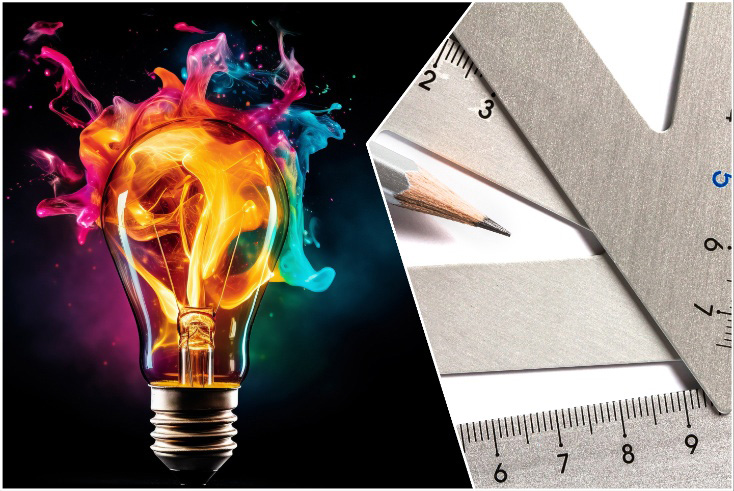
Opinion, by Monica Majumdar and Dominic Charles
Measurement is the enabler of creativity, not the stifler. It not only validates creative efforts but also provides a blueprint for future improvements.
The balance between creativity and measurement often sparks debate. Some argue that trying to quantify the impact of spend on outcomes stifles creativity, while others believe measurement is the enabler of scaling and continuing to enhance creative efforts.
Regardless of how “creative” we are, our goal always remains the same — to produce innovative work that resonates with audiences, adheres to ethical standards such as diversity, inclusivity and carbon neutrality, and delivers against our clients’ objectives.
Creativity should extend beyond traditional formats
In this day and age, it’s just not true that creativity only exists in a single, highly polished TV ad — other media channels are raising the bar.
Moreover, creativity in media comes in countless forms. Let’s not forget that the role of creativity in advertising isn’t limited to the eye-catching visuals and experiences of ad campaigns trying to capture audience attention.
Take Volvic’s recent 3D digital OOH programmatic campaign for its new Touch of Fruit Sparkling range. Commuters and passers-by at Kings Cross and Waterloo London Underground stations were treated to the unmissable sight of 3D cans popping out from digital screens.
Elsewhere, Samsung’s “Flip-vertising” work hacked YouTube algorithms to create an engaging scavenger hunt, while Heineken used office-cleaning schedules in Argentina to prompt late-working employees to head to bars. Another example is the growth of fake OOH ads that have made their way on social channels — such as Maybelline’s infamous London bus and Tube mascara campaign.
There’s no denying the creative prowess. These campaigns all illustrate how media channels can be creatively used to enhance audience engagement beyond simply being a space that needs to be filled.
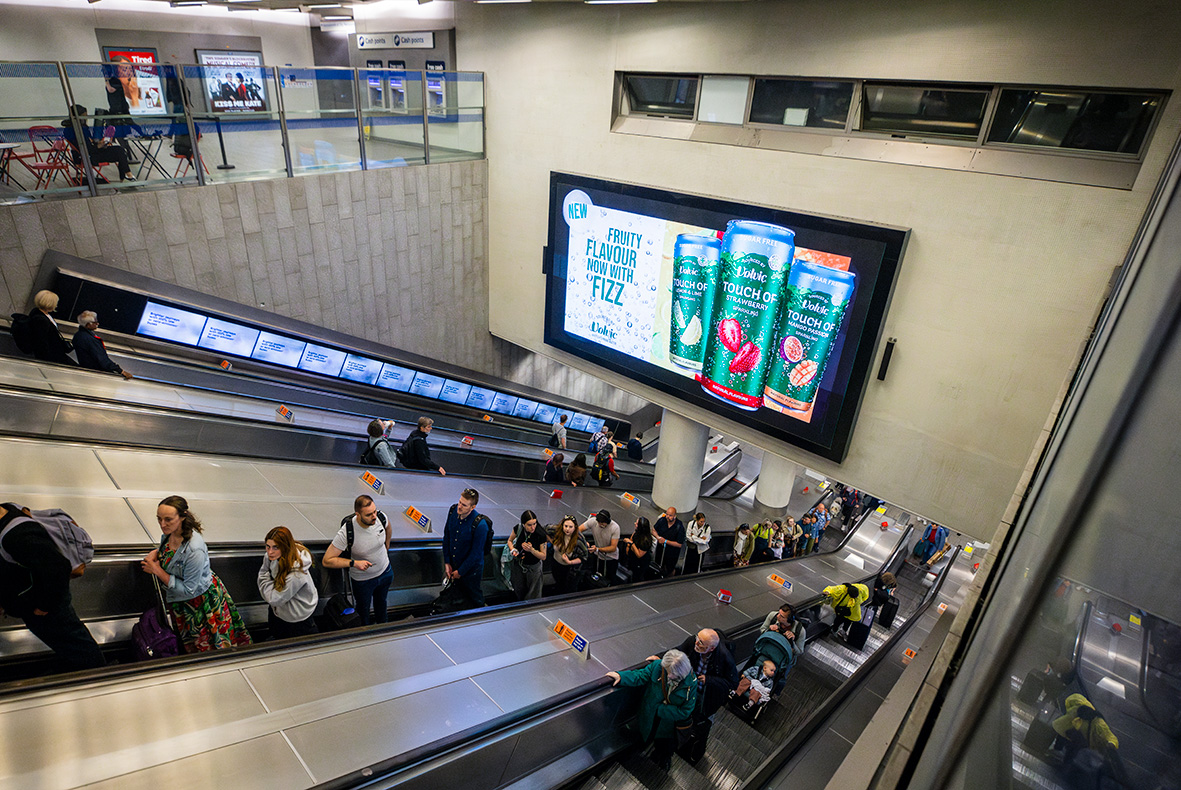
Measurement is not the enemy
Measurement is not the enemy of creativity; rather, it provides the insights needed to refine and amplify creative efforts.
Contrary to popular belief, effectiveness and creativity go hand in hand. Creativity plays a crucial part in enabling problem-solving in, and the effectiveness of, media planning.
Evidence shows that creative media campaigns can indeed be highly effective. This can be seen by looking at Nationwide’s “Together Against Hate” and Morrisons’ integrated Christmas partnership. Both of these highly creative ads had higher return on investment (ROI) and audience impact compared with “traditional” ads.
Of course, not every creative idea will succeed, just as not all advertising is guaranteed to perform well. Analysis from Thinkbox highlights the variability in ad payback, with channels like broadcast VOD providing consistent returns, while social media offers a broader spectrum of outcomes.
This variability is even more pronounced in creative campaigns, emphasising the importance of informed experimentation but also ensuring you know where your specific campaign is on that spectrum of potential ROIs.
Successful, scaled creative campaigns demonstrate clear business value by using robust measurement frameworks, such as marketing mix modelling — the gold standard for assessing advertising effectiveness.
Quantifying work is critical for media agencies to refine their strategies, discontinue ineffective practices and improve overall performance. Ignoring measurement doesn’t alter a campaign’s effectiveness, but conceals opportunities for understanding and improvement.
With this in mind, neglecting measurement is like working ineffectively. If you can’t show results, it’s hard to justify continuing. There’s little difference between a campaign with unknown outcomes and one that fails when you’re asking for more funding.
Collecting comprehensive data on audience interaction and defining success indicators are essential steps. Brands that excel in delivering creative and innovative work at scale do so because they can prove its value, ensuring it is a significant driver of business success and therefore making it a no brainer to commit to doing bigger and better.
The bottom line
When combined effectively, measurement not only validates creative efforts but also provides a blueprint for future improvements.
Measurement is the enabler of creativity rather than the stifler. Proving the value of a creative activation to the brand and business unlocks greater potential for greater creativity at scale in the future or helps refine an idea into its most effective form.
To take creative risks wisely, it’s important to base ideas on solid audience insights, understand a brand’s past performance and identify key growth levers within the category. This helps tailor creative strategies for better success rates.
By deeply understanding the audience, broadening the definition of creativity and embracing rigorous measurement, creative efforts can be impactful and consistently optimised for success.

 Monica Majumdar is head of strategy and Dominic Charles is managing director, audience intelligence and marketing science, at Wavemaker UK
Monica Majumdar is head of strategy and Dominic Charles is managing director, audience intelligence and marketing science, at Wavemaker UK
Read more

Make fewer ads: Why the future of advertising depends on better data strategies
There’s a misconception that planning fewer ads in order to reduce waste will lead to poorer results. But with intelligent modelling, strategic data partnerships and more metrics available, we can make ads more efficient and more effective.

À lire plus tard
Vous devez être inscrit pour ajouter cet article à votre liste de lecture
S'inscrire Déjà inscrit ? Connectez-vous


